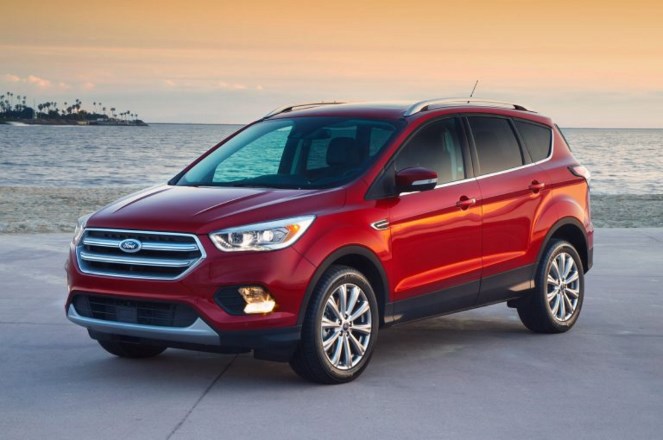"Rethinking Car Interiors: The Influence of Human-Centered Design"
The evolution of automotive design has traditionally focused on the car's exterior or the engine's performance. However, a new trend is emerging: reimagining car interiors with a focus on human-centered design. This paradigm shift is transforming driving experiences by prioritizing passenger comfort, control, and connectivity.

The Genesis of Human-Centered Automotive Design
The concept of human-centered design revolves around creating products and services with the end-user’s needs and preferences as the primary focus. In the automotive industry, this has meant a shift from merely designing cars that look good and perform well to creating interiors that prioritize the driver’s and passengers’ experiences.
Historically, automotive design was heavily influenced by the Industrial Revolution, with vehicle interiors often overlooked or considered secondary. But with advancements in technology and a more profound understanding of ergonomics, drivers are now demanding more from their cars, and the industry is answering.
A New Era of Comfort and Convenience
Today’s automotive designers are using human-centered design to create car interiors that deliver unparalleled comfort and convenience. From intuitive control layouts, adjustable seats that accommodate a range of body types, to innovative storage solutions, the focus is on improving the overall driving experience.
For instance, the traditional dashboard is being replaced with digital displays and touch screens, offering drivers a more interactive and personalized experience. Meanwhile, features like panoramic sunroofs, ambient lighting, and advanced climate control systems are enhancing passenger comfort.
Technology and Connectivity Take the Wheel
The rise of digital technology has brought connectivity to the forefront of human-centered design in car interiors. With the proliferation of smartphones and wearable tech, drivers expect their vehicles to seamlessly integrate with their digital lives.
This trend has given rise to features like voice-activated controls, wireless charging ports, and advanced infotainment systems that sync with mobile devices. These technologies not only offer convenience but also help reduce driver distraction, contributing to safer journeys.
The Challenge of Balancing Aesthetics and Functionality
While human-centered design offers numerous benefits, it also presents challenges. Striking the right balance between aesthetics and functionality is one of them. Designers must ensure that the integration of new features and technologies does not compromise the car’s visual appeal.
For instance, while digital displays offer enhanced functionality, they must be integrated thoughtfully to avoid cluttering the dashboard. Similarly, while advanced seating configurations can provide improved comfort, they must not compromise the cabin’s spaciousness.
The Future of Human-Centered Automotive Design
As the automotive industry continues to evolve, the emphasis on human-centered design is only set to grow. We can expect more innovations aimed at enhancing driver and passenger experiences.
One possible direction is the exploration of biophilic design, bringing natural elements into the car interior to create a more calming and pleasant environment. Another could be the increased use of artificial intelligence to personalize in-car experiences.
In conclusion, human-centered design is reshaping the automotive industry. By focusing on the needs and desires of drivers and passengers, car interiors are becoming more than just a place to sit during the journey—they’re becoming a significant part of the driving experience itself.




